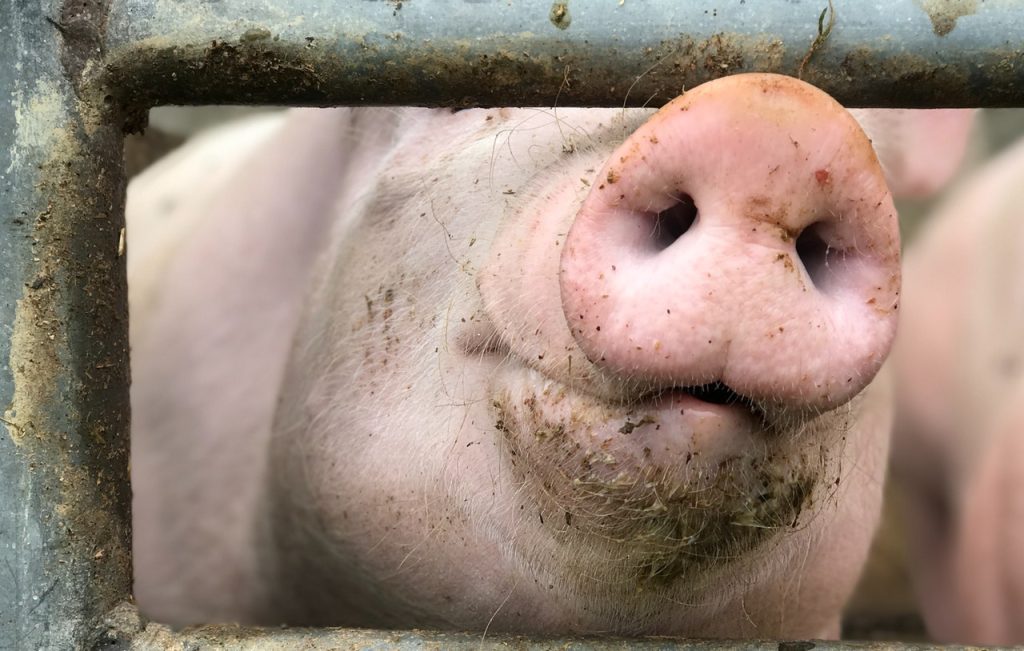A Synthetic Alternative to Pig-derived Heparin

Scientists have developed a process to synthesise the vital blood thinner heparin, which is normally harvested from pig intestines. This synthetic heparin would help the quality control issues and shortages associated with pig-derived heparin.
The most expensive part of a pig is not a cut of bacon or a chop, but the part of the intestine used to make heparin. About 2000 pigs required to produce a kilogram of heparin, which provides medication to up to 6000 patients. In total, it is estimated that about one billion primarily Chinese food pigs each year also supply intestines for the extraction and processing of heparin.
However, this can cause problems for patients. When making medicines derived from animals, the chemical structure is rarely uniform. There are relatively common but harmless side effects, and in very rare cases severe and life-threatening immune reactions. Additionally, there are ethical and religious concerns for many patients. Bovine- and sheep-derived heparin are also produced but have the same concerns of being of animal origin. In fact, prior to 2000, heparin was derived from cows until the outbreak of mad cow disease.
Therefore, it has long been an ambition among researchers to make heparin in a laboratory to get cleaner heparin without side effects. Now researchers from the Copenhagen Center for Glycomics at the University of Copenhagen are ready with a study that shows that it is possible to make heparin without the use of animals. which was published in Science Advances.
“By making heparin without the animal, you get a much cleaner and more uniform chemical structure. We show that we can do it in the laboratory, i.e. in a so-called ‘cell factory’, in the same way as many other types of medicine are made. It is a step in the direction of the development that has also happened with insulin, which was previously extracted from the pancreas in pigs before we learned to produce it in the laboratory,” explained Associate Professor Rebecca Miller, who led the study.
There is already a synthetic alternative to heparin, but it is difficult to dose and can lead to overdose. Because of this, GPs often prescribe pig-derived heparin to their patients.
Heparin is today extracted from pig intestines’ mucosa. Due to the sheer number of patients who need the medicine, the scale of the production is vast, making quality control a recurring problem for manufacturers.
In 2008, a number of stocks of heparin from Chinese pigs were recalled when it was found that the medicine was contaminated. The case ended up costing the lives of more than 100 Americans.
“Of course you want to avoid that, in addition to moving the source from animals to laboratory cells. With our new technology, we have made a design for how to make heparin in a cell that is clean and uniform and it suggests that it has the same medicinal effect as market heparin. In this way, you potentially get a product that leads to neither common nor life-threatening side effects,” said Richard Karlsson, PhD, who has also contributed to the main author of the study.
Right now, the world is facing a shortage of heparin because swine flu has thinned the pig population in China, the largest heparin producer.
Next steps would be to scale up production to provide much larger quantities of the new synthetic heparin.
Source: University of Copenhagen

